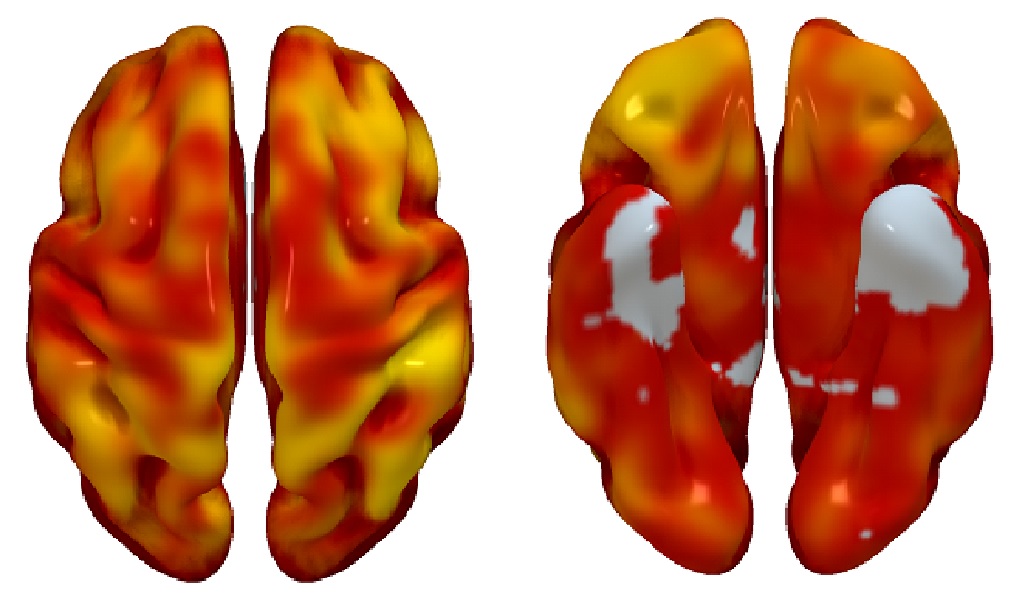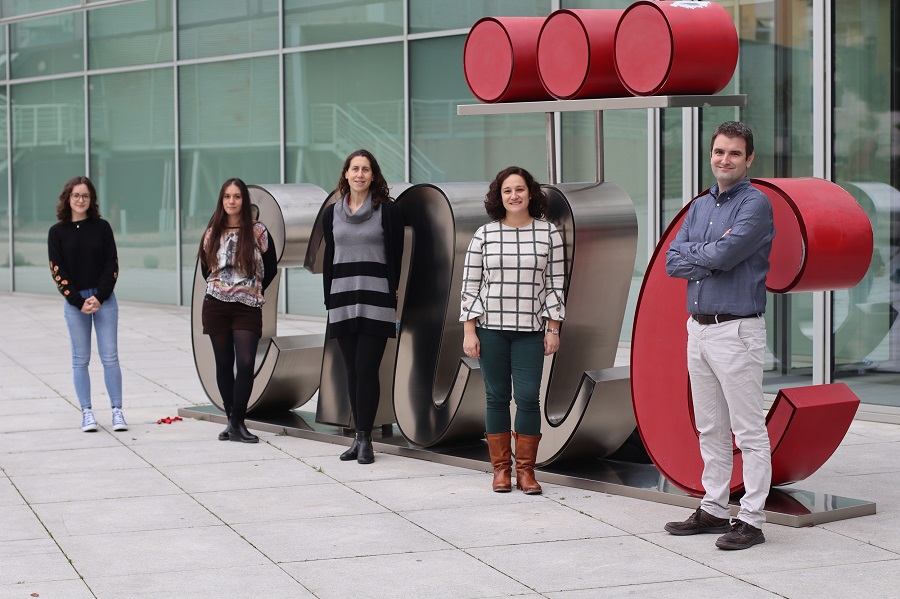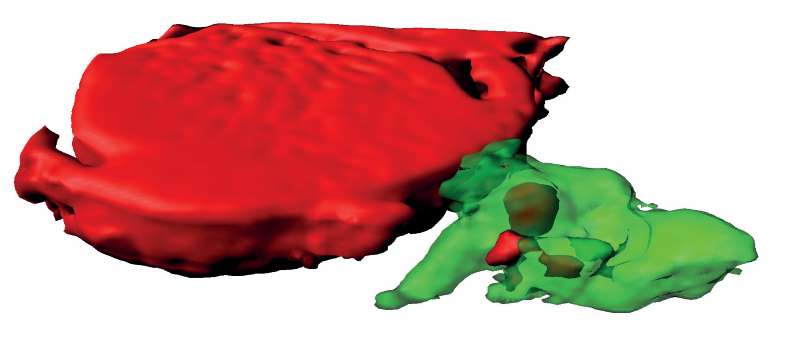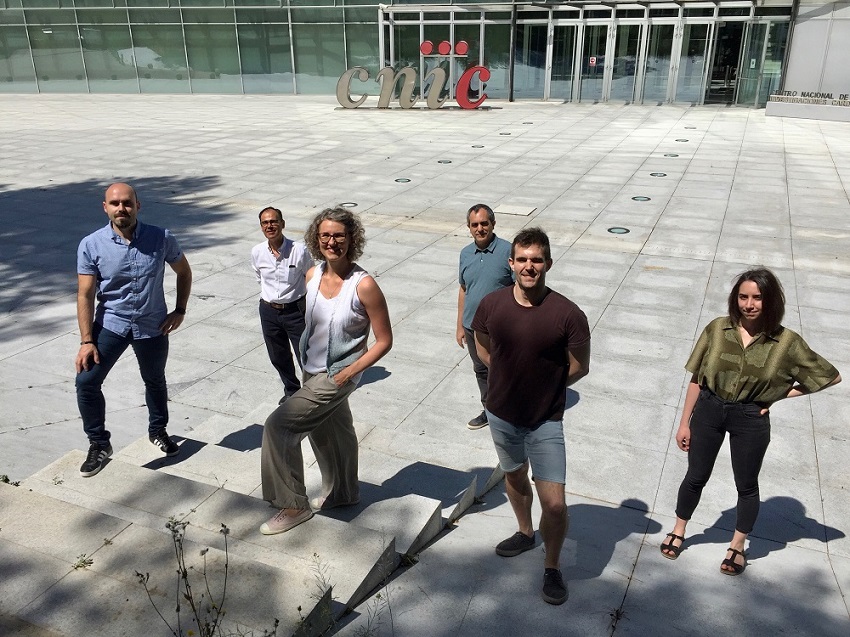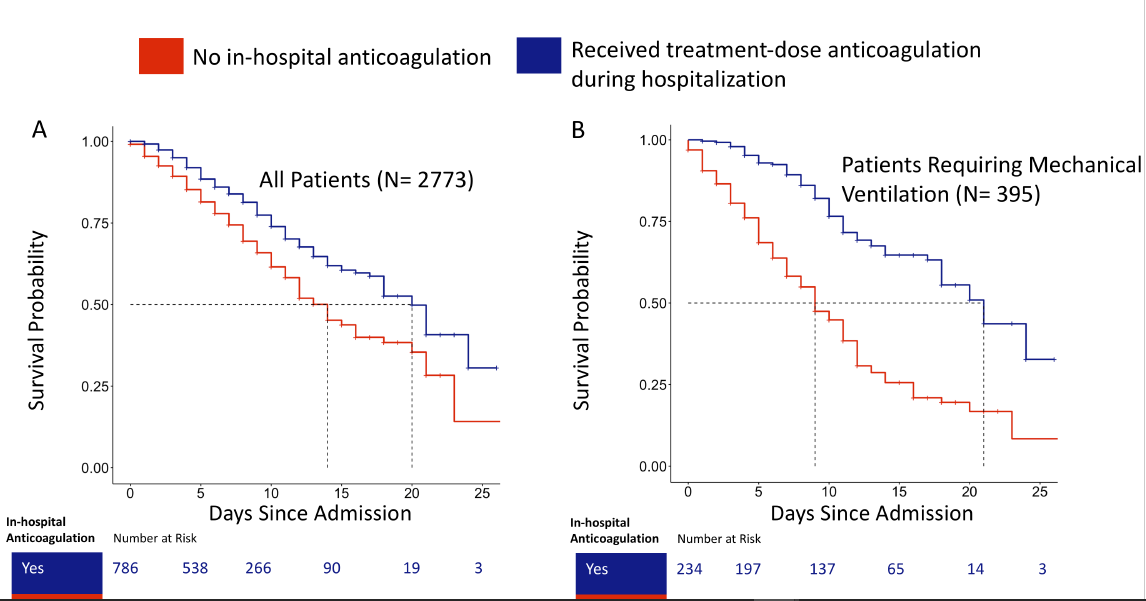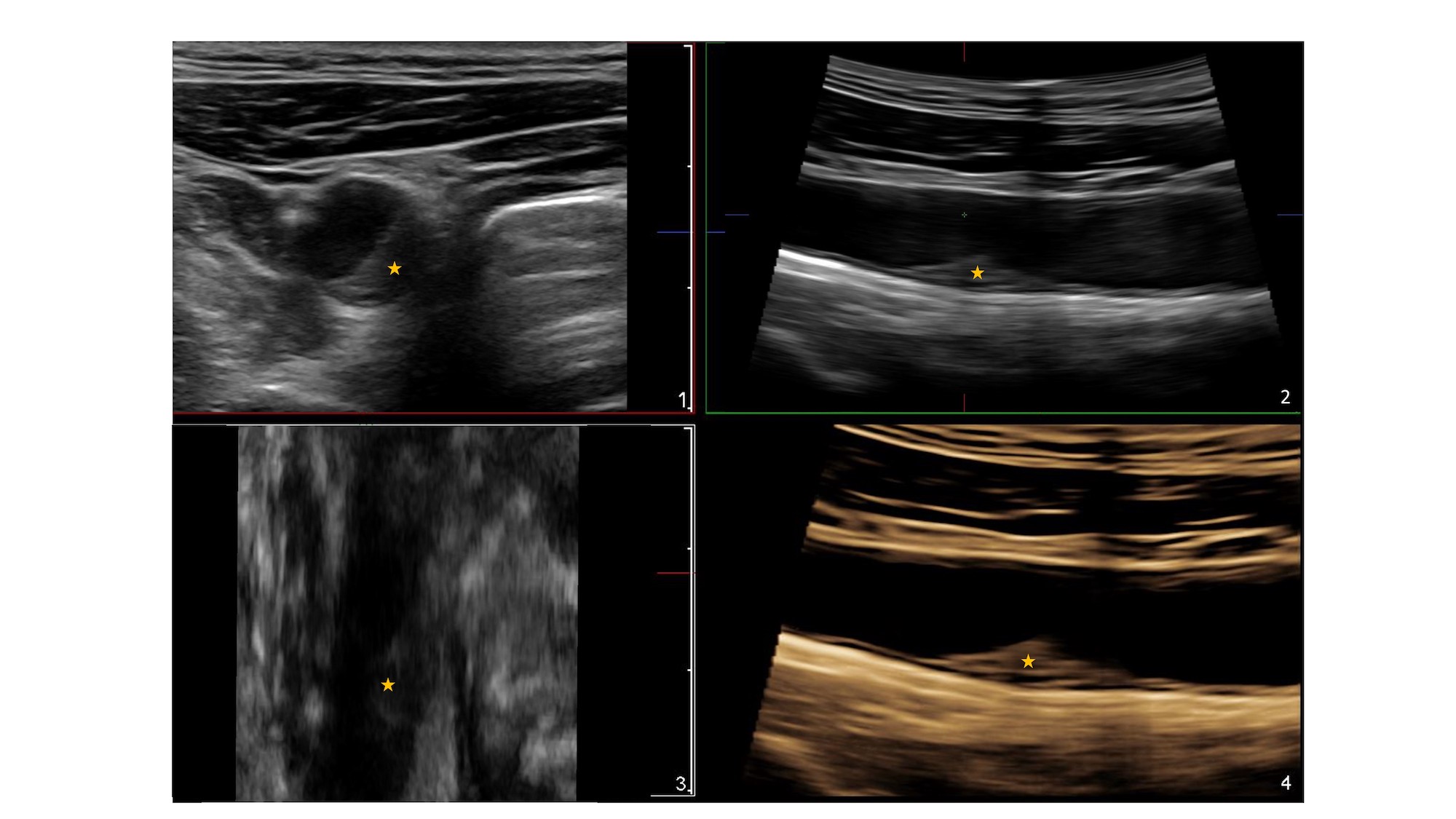News search
|
Research 15 Feb 2021 Among the modifiable cardiovascular risk factors showing a close association with reduced brain metabolism, the research team found that the most important is hypertension |
|
About the CNIC 23 Dec 2020 The project will investigate the role of clonal hematopoiesis—the formation of mutated hematopoietic stem-cell clones promoted by anti-cancer therapies—in the development of atherosclerosis and associated cardiovascular disease |
|
Research 29 Sep 2020 The study, published in JACC, forms part of the PESA-CNIC-SANTANDER project, led by Dr Valentín Fuster |
|
Research 17 Sep 2020 The results published in Nature Metabolism could be useful to design new treatments for the obese and overweight, and for some associated pathologies, including fatty liver disease and type 2 diabetes |
|
Research 16 Sep 2020 The study published in Cell shows that macrophages, a type of immune cell, help cardiac cells to get rid of their waste material, and that this maintains the metabolic and contractile properties of the heart |
|
Research 30 Jul 2020 CNIC study shows that selection between mitochondrial genomes depends on how each type of mitochondria affects cell metabolism |
|
Research 30 Jul 2020 The study, published in Nature, shows that sodium controls hypoxic signaling in the mitochondrial respiratory chain |
|
Research 25 Jun 2020 The regulatory protein SCAF1 enables mitochondria to adapt to the available nutrient source of sugars, fats, or proteins |
|
Research 7 May 2020 Research could change standard of care protocols to prevent clotting associated with coronavirus |
|
Research 7 Apr 2020 A CNIC study published in JACC demonstrates that atheroma plaques extend rapidly in the arteries of asymptomatic individuals aged between 40 and 50 years participating in the PESA-CNIC-Santander study. |
- ‹ previous
- 3 of 7
- next ›
